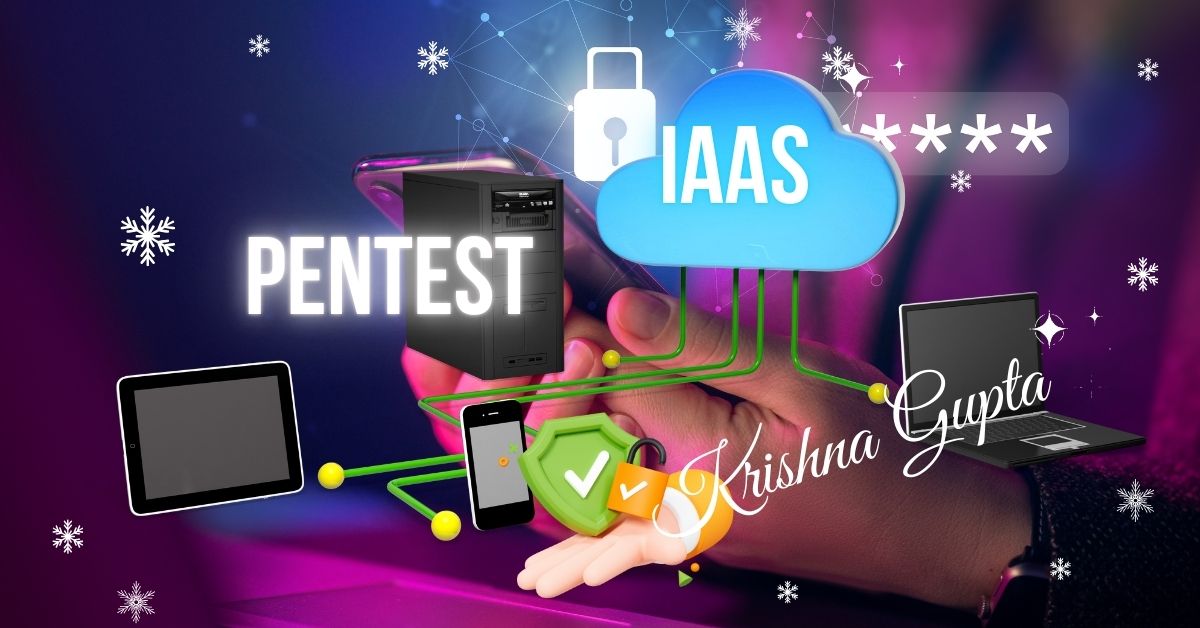Leveraging AI for Identifying IDOR Vulnerability Patterns: A Guide for Software Architects
Insecure Direct Object References occur when applications expose internal implementation objects such as files, database entries, or keys directly to users. This vulnerability arises when the application fails to validate user permissions, allowing malicious actors to access resources they should not.




